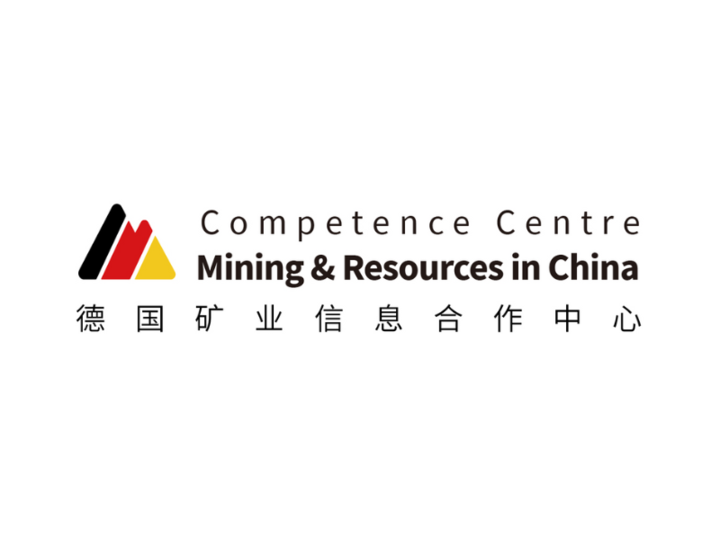
Das vom Bundesministerium für Wirtschaft und Energie (BMWE) geförderte Kompetenzzentrum für Bergbau und Rohstoffe soll die von der Bundesregierung beschlossene Rohstoffstrategie unterstützen und unter anderem Unterstützungsarbeit in Bezug auf Rohstoffsicherung, Markttransparenz, Kooperationsanbahnung und Beratung auch hinsichtlich aktueller sozioökonomischer Fragestellungen (z.B. Sorgfaltspflichten in der Lieferkette) leisten.
Zu den Hauptaufgaben unseres Kompetenzzentrums zählen:
- Beförderung einer größeren Markttransparenz
- Förderung der Kommunikation und Kooperation
- Bereitstellung von Dienstleistungen
- Förderung deutscher Technologien im Markt
Unsere Serviceangebote
- Maßgeschneiderte Marktinformationen über den chinesischen Bergbaumarkt (Marktanalyse)
- Geschäftspartnersuche vom Vertriebspartner bis zum Lieferanten
- Geschäftsreise- und Meeting-Programme, um potenzielle Geschäftspartner oder Kunden in China zu treffen
- Marketingunterstützung zur Steigerung der Sichtbarkeit im chinesischen Markt
Veranstaltungen
Informationsveranstaltungen
- 2025
Information Event: Policy Framework and Innovative Developments in Power Battery Recycling in China
Information Event: Policy Framework and Innovative Developments in Power Battery Recycling in China
- 2024
Status Quo and Developments of Non-Ferrous Metals Recycling in China and Germany
New Developments, Status Quo and Trends of Rare Earth industry
- 2023
Developments and Trends in Mine Waste Management and Tailings Treatment in China
Policy Framework and Regulations for Mining and Trading of Mineral Resources in China
Status Quo and Developments of Ecological Restoration of Mines in China




